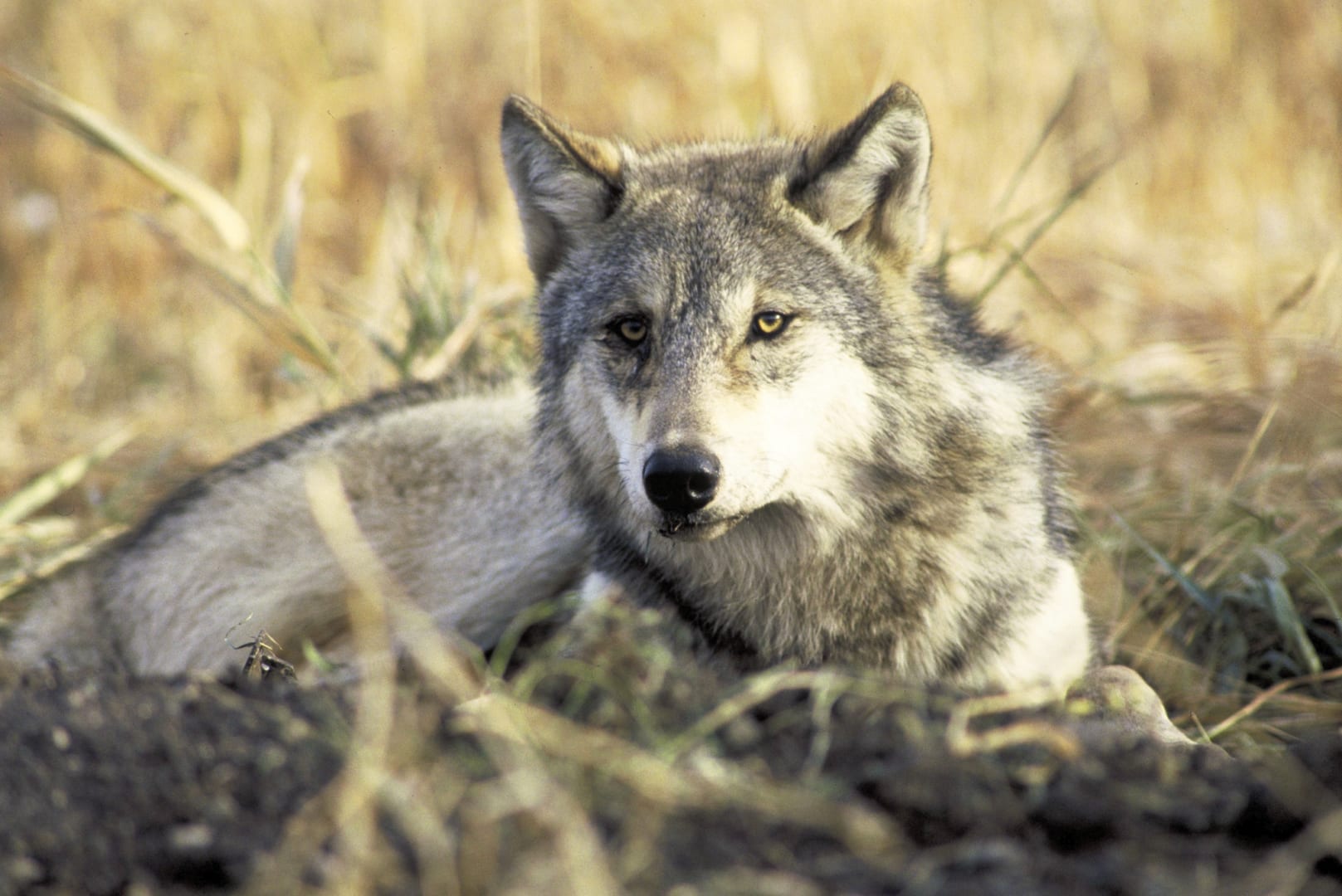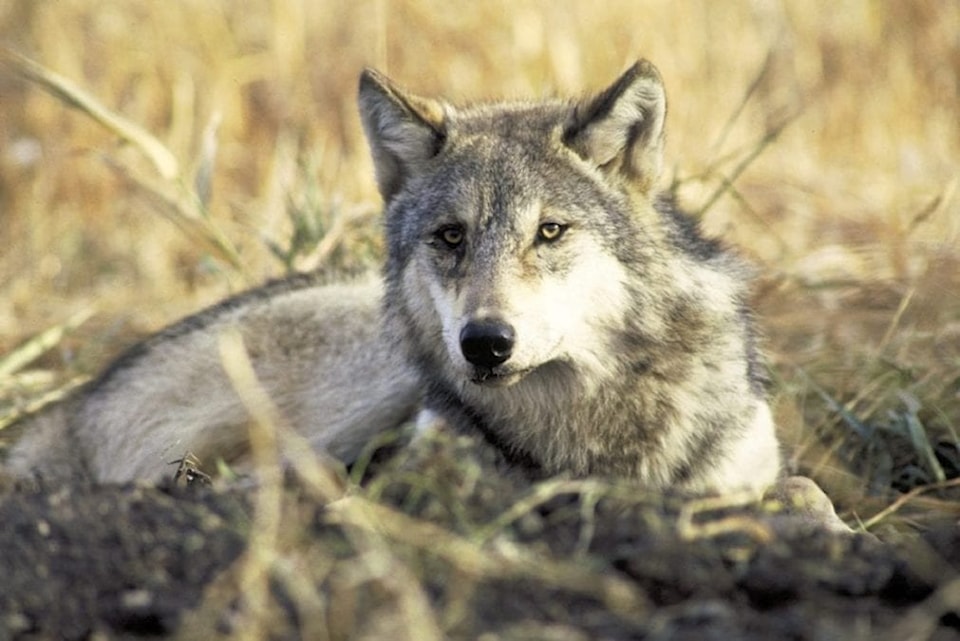
A recent study states wolf culls in Alberta and B.C. have been effective in heading off caribou population decline and some biologists say the same principles may apply to the Bathurst and Bluenose-East caribou herds in the North.
"The reason that I think it’ll work (in the North) is that we are 99 per cent sure that all of those wolves that are on the winter range of the caribou are eating nothing else but caribou," said Doug Heard, one of the co-authors of the study and a former GNWT biologist specializing in caribou. "There’s nothing else there. There’s no moose, no muskox and no beaver to speak of. They’re eating caribou."
He said wolves typically cannot survive eating smaller game, such as hares.
The GNWT raised its North Slave wolf bounty to $900 per wolf carcass, plus $400 to $750 for high-quality and well-prepared pelts, at the beginning of February.
The area covered by these incentives encompasses the winter ranges of the Bathurst and Bluenose-East caribou herds.
Habitat destruction and changes in predation—due to a number of factors including the appearance of new types of vegetation that attract moose and deer, which in turn attract more wolves—have been identified as the major cause of caribou population decline in B.C., said Heard.
Such activity in the range of NWT herds, however, has been so minimal that it looks like predation could be a key factor in their decline, according to Heard.
Numbers released by the GNWT last fall showed the Bathurst caribou population at just 8,200 animals in 2018, compared to 20,000 in 2015 and down astronomically from more than 470,000 at the herd’s peak in 1986.
The Bluenose-East herd dropped to 19,300 caribou in 2018 from 39,000 in 2015.
A recent CBC North story quoted biologists criticizing the bounty as a political measure, paying lip service to caribou management while not being particularly effective at reducing wolf populations.
Past GNWT-commissioned studies, including one from 2016 examining a host of options for caribou management, have indeed stated that incentive programs can be ineffective and that targeted aerial shooting tends to have much better results.
The GNWT bounty, however, was not raised strictly for caribou management principles.
"Recent enhancements to the Wolf Harvest Incentive Program, which has been in existence for a number of years, were made in response to specific feedback from Indigenous harvesters that previous financial incentives were not enough to support the traditional economy," stated Meagan Wohlberg, spokesperson for the Department of Environment and Natural Resources.
The government, working with its caribou co-management partners, made the choice to increase these incentives in caribou wintering areas so that the harvest could also play a role in population recovery, she said.
The GNWT will be monitoring its effectiveness and is also considering a host of other wolf cull measures, such as aerial shooting, which were identified in the 2017 Wolf Technical Feasibility Assessment released by the Wek’eezhii Renewable Resource Board.
Heard said culls could possibly prevent the extinction of entire caribou herds, but they have to drastically reduce the wolf population and continue year after year during the recovery.
"It’s an emergency measure," said Heard. "Not a conservation or regular old management action."
"You’re not going to recover (whole herds)," he continued. "You just keep them from going extinct."
Robert Serrouya, the lead author of the study on caribou in Alberta and B.C., said the report could have some relevance to the North, though it deals with woodland caribou rather than barren-ground caribou, which "we often joke are basically a different species," he said.
His results show that by killing wolves along with the deer that attract wolves and penning pregnant caribou to protect them from predators, these provinces have been able to recover the populations of some caribou herds.
A sustained wolf culling initiative produced a "monumental success story," for one particular heard, he said, doubling its population from 35 – at which point it was "functionally extinct" – to close to 70.
"Nobody likes wolf control," he said, "But ... if the mandate is to recover woodland caribou, you’ve got to do some short-term predator reduction until the habitat recovers."
Both Heard and Serrouya stressed that their jobs are not to set policy but to gather and share data about what has been effective and what hasn’t.
